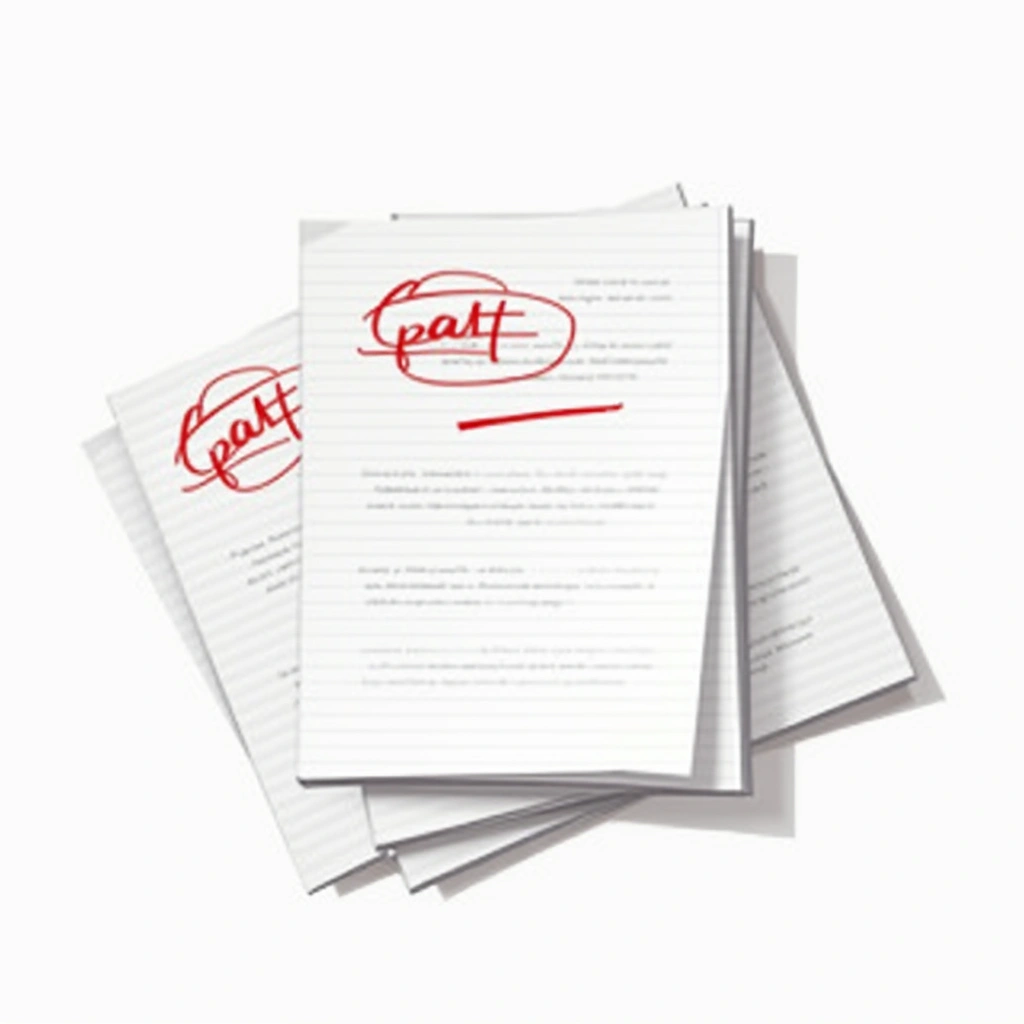Sarah Koenig Habit Driven Investigative Storytelling
Unveiling the Habits of Sarah Koenig: A Masterclass in Narrative Journalism
Sarah Koenig, the mind behind the groundbreaking podcast Serial, has revolutionized investigative storytelling through a set of unconventional habits. Her approach prioritizes originality and immersive investigation, shunning traditional norms to forge a deeply engaging and transparent narrative style. By focusing on meticulous detail and human vulnerability, Koenig’s methods offer a compelling blueprint for impactful and ethically driven journalism in the modern age.
- Focus on originality and breaking from established formats
- Emphasis on narrative refinement and effortless storytelling
- Prioritizing transparency and ethical considerations in reporting
- Immersive and detail-oriented investigative approach
Delve into Sarah Koenig's habits to understand how she crafts narratives that not only inform but also captivate and resonate deeply with audiences.
Filter Habits
 Sarah Koenig's Habit Sets
Sarah Koenig's Habit Sets

Avoiding Precedent Research
Refrains from consuming existing media formats to maintain originality. Focuses on creating without external influences shaping direction.
Why This Matters
Sarah Koenig avoided listening to podcasts before creating 'Serial' to prevent preconceived notions. This allowed her team to innovate freely and develop a unique narrative structure for investigative storytelling[1][12].

Iterative Storytelling Refinement
Revises narratives repeatedly to achieve an effortless flow. Prioritizes making complex choices feel inevitable to listeners.
Why This Matters
Koenig's goal with 'Serial' was to craft stories that seemed organic. She refined scripts and structures to mask the deliberate effort behind each episode[1][10].

Transparent Subjectivity
Openly shares personal doubts and biases during investigations. Balances journalistic rigor with human vulnerability.
Why This Matters
Koenig acknowledges her uncertainties to build audience trust. This habit humanizes her reporting, as seen in her vocalized skepticism during Adnan Syed's case[8][14].

Immersive Field Documentation
Records real-time observations during on-site investigations. Captures ambient sounds and interactions for narrative authenticity.
Why This Matters
Koenig documented late-night student behavior in State College to create visceral audio experiences. This habit enriches stories with environmental context[7][8].

Source Relationship Balancing
Maintains professional distance while building trust with subjects. Avoids friendships that could compromise objectivity.
Why This Matters
Koenig navigated complex dynamics with Adnan Syed by being empathetic yet detached. This preserves journalistic integrity while fostering cooperation[1][13].

Scripted Conversational Tone
Writes detailed scripts that mimic natural speech patterns. Uses deliberate pauses and colloquial phrasing.
Why This Matters
Koenig crafts an intimate listener experience by scripting 'spontaneous' dialogue. This technique makes complex reporting accessible[11][12].

Micro-Timeline Analysis
Reconstructs events minute-by-minute to verify alibis. Cross-references disparate accounts for inconsistencies.
Why This Matters
Koenig spent months analyzing 21 critical minutes in Adnan Syed's case. This meticulous approach revealed flaws in the original investigation[8][14].

Ethical Entertainment Balance
Prioritizes factual accuracy while crafting engaging narratives. Resists sensationalism in true crime reporting.
Why This Matters
Koenig believes journalism can entertain without compromising truth. This philosophy guides 'Serial's' blend of rigor and storytelling flair[1][10].

Collaborative Story Development
Works closely with producers to refine narrative arcs. Incorporates team feedback during editing processes.
Why This Matters
Koenig co-created 'Serial' with Ira Glass and Julie Snyder. This collaborative approach ensures multi-perspective storytelling[1][12].

Digital Community Monitoring
Tracks online discussions about ongoing investigations. Intervenes when public speculation becomes harmful.
Why This Matters
Koenig worked with Reddit to curb harmful speculation during 'Serial' Season 1. This protects subjects from unfounded accusations[10][14].

Self-Effacing Presentation
Downplays personal achievements publicly. Uses humor to deflect praise during interviews.
Why This Matters
Koenig maintains approachability by joking about her '15 minutes of fame.' This modesty helps audiences focus on the story rather than her persona[9][13].

Cultural Immersion Reporting
Spends extended time in communities being documented. Observes daily rhythms to understand context.
Why This Matters
Koenig embedded in State College's party culture for 'This American Life.' This deep immersion reveals systemic patterns beyond surface observations[7][8].

Episodic Narrative Pacing
Structures complex stories into digestible weekly installments. Maintains suspense through cliffhangers.
Why This Matters
Koenig pioneered serialized podcast storytelling with 'Serial.' This format builds audience engagement over time[1][12].

Selective Media Engagement
Limits interviews to promote work rather than personality. Avoids self-aggrandizement in press appearances.
Why This Matters
Koenig reluctantly participates in promotional interviews. She focuses discussions on journalistic process over personal fame[11][13].

Anti-Caricature Framing
Highlights nuanced details about subjects' lives. Avoids reducing people to stereotypes.
Why This Matters
Koenig insists on portraying Adnan Syed's full humanity. This challenges true crime tropes of heroes and villains[1][14].

Methodology Transparency
Explains reporting techniques within narratives. Discloses limitations and uncertainties.
Why This Matters
Koenig details her alibi verification process in 'Serial.' This educates listeners about investigative journalism's complexities[8][14].

Disarming Interview Tactics
Uses self-deprecating humor during questioning. Lowers subjects' defenses through casual rapport.
Why This Matters
Koenig's 'awkward' persona helps subjects open up. This technique extracted candid responses from Adnan Syed and others[15][16].

Curiosity-Driven Investigation
Pursues unanswered questions obsessively. Follows leads beyond surface-level explanations.
Why This Matters
Koenig's relentless curiosity drove her year-long Adnan Syed investigation. This habit uncovers overlooked case details[8][13].

Advocacy Through Facts
Presents evidence without explicit calls to action. Lets listeners draw their own conclusions.
Why This Matters
Koenig avoids journalist activism but structures stories to highlight systemic issues. This approach influenced Syed's case reevaluation[1][10].

Narrative Vulnerability
Shares investigative dead-ends and mistakes. Normalizes the messy reality of reporting.
Why This Matters
Koenig includes moments of confusion in 'Serial' to show journalism's imperfect nature. This builds authenticity with audiences[14][15].
Key Takeaways for Aspiring Storytellers
Sarah Koenig's habits offer valuable lessons for anyone seeking to enhance their storytelling and investigative skills. By embracing her core principles, you can cultivate a more impactful and authentic approach to your own creative endeavors.
- Embrace Originality: Avoid precedent research to foster fresh perspectives and innovative approaches in your work.
- Refine Your Narrative: Iteratively refine your storytelling to create a seamless and engaging experience for your audience, where complex choices feel natural.
- Practice Transparent Subjectivity: Openly share your doubts and biases to build trust and humanize your narratives, fostering a deeper connection with your audience.
- Immerse Yourself in the Field: Document real-time observations and immerse yourself in the environment to capture authentic details and enrich your storytelling.
- Balance Source Relationships: Maintain professional distance while building trust with your subjects to ensure objectivity and ethical reporting.
- Craft a Conversational Tone: Script dialogue that mimics natural speech to make complex information accessible and create an intimate listener experience.
- Analyze Micro-Timelines: Meticulously reconstruct events minute-by-minute to uncover inconsistencies and ensure accuracy in your investigations.
- Prioritize Ethical Entertainment: Balance factual accuracy with engaging narratives to inform and entertain without compromising truth or resorting to sensationalism.
- Collaborate Effectively: Develop stories collaboratively and incorporate team feedback to ensure diverse perspectives and a refined final product.
- Monitor Digital Communities: Track online discussions and intervene when necessary to protect subjects and maintain responsible public discourse.
- Present with Humility: Downplay personal achievements and use self-effacing humor to maintain approachability and keep the focus on the story.
- Engage in Cultural Immersion: Spend extended time in communities to gain deep contextual understanding and uncover systemic patterns.
- Utilize Episodic Pacing: Structure complex stories into digestible installments to build suspense and maintain audience engagement over time.
- Practice Selective Media Engagement: Limit interviews to promote the work, not personal fame, focusing on the journalistic process.
- Frame Subjects with Nuance: Highlight detailed aspects of subjects' lives and avoid simplistic caricatures to promote understanding and empathy.
- Be Methodologically Transparent: Explain your techniques and acknowledge limitations to educate your audience and build trust through honesty.
- Employ Disarming Interview Tactics: Use humor and casual rapport to lower defenses and elicit candid responses from interview subjects.
- Drive with Curiosity: Pursue unanswered questions relentlessly to uncover hidden details and go beyond surface-level explanations.
- Advocate Through Facts: Present evidence objectively and allow listeners to draw their own conclusions, fostering independent thought.
- Embrace Narrative Vulnerability: Share dead-ends and mistakes to normalize the messy reality of the investigative process and build authenticity.
Adopt these habits to not only enhance your storytelling prowess but also to cultivate a more ethical, impactful, and deeply human approach to your craft.
